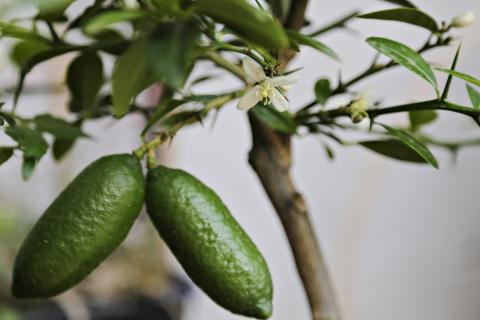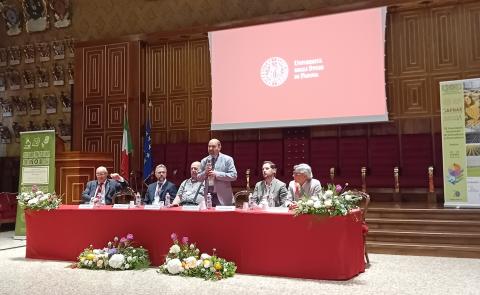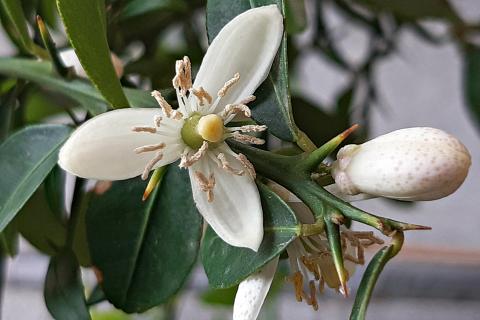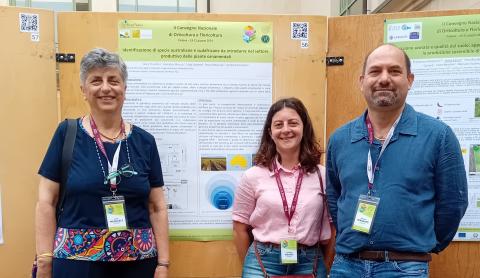More sustainable Italian nurseries: new Australian and South African ornamental species identified for the Mediterranean market by professors at the Sant'Anna School Institute of Plant Production. More drought resistance and new added value
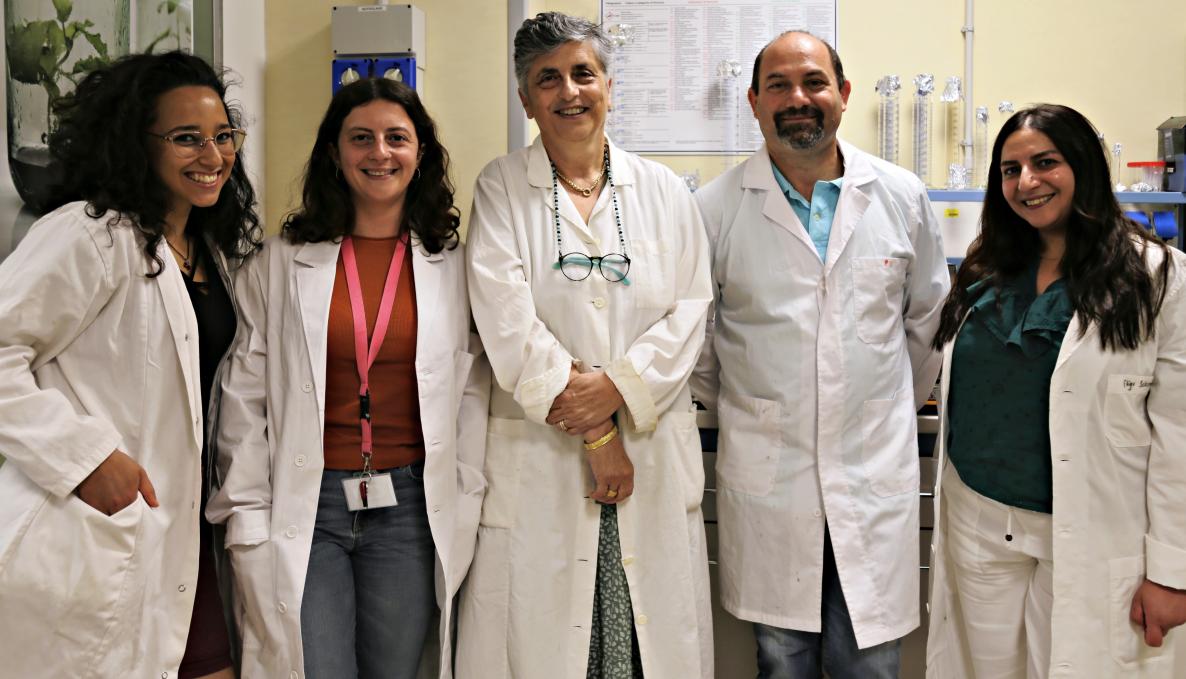
The ornamental plant industry in Italy must open up to new production horizons in order to meet the challenges of international competitiveness. Thanks to scientific research, some species native to Australia and South Africa could be cultivated and marketed in Italy and in the countries of the Mediterranean basin, demonstrating greater adaptability to climate change, thanks to their resistance to drought, and an added value linked to the edibility of their fruits and their richness in bioactive compounds.
The first results of the NATIVASA project 'Exploring edible NATIVe Australian and South African plant species for Mediterranean ornamental industry', financed by the Ministry of University with funds from the European Union in the framework of the Next Generation EU, were presented at the second National Conference on Horticulture and Floriculture organised in Padua by the Italian Society of Horticulture, in support of the national research system PRIN2022, coordinated by Antonio Ferrante, a former full professor at the University of Milan and now full professor of Horticulture and Floriculture at theInstitute of Plant Production of the Sant'Anna School, in collaboration with Anna Mensuali, associate professor at the same institute and scientific head of the project for the Sant'Anna School.
The Orthophloriculture group of the Institute of Plant Production, represented by the two professors and Annalisa Meucci, a doctoral student at the School, presented at the conference the lines of research and initial results on some of the new edible ornamental species - whose fruits are edible - originating in South Africa and Australia, as product innovations in the national floriculture sector.
Two research projects were presented at the conference as part of this project: 'Identification of Australian and South African species for introduction into the ornamental plant production sector' and 'Reproduction and vegetative propagation of Australian native species for the NATIVASA project'. The project, which will be carried out in collaboration with FLORA TOSCANA, an important reality of the national floriculture sector, and with some professors of the Department of Agricultural, Food and Agri-Environmental Sciences of the University of Pisa, aims precisely at exploring non-traditional, under-exploited and unexplored Australian and South African native plant species which show greater drought tolerance, and lower nutritional requirements, that may be suitable for establishment in the Mediterranean ornamental industry in order to reduce the input of water resources during production and to provide the Italian nursery industry with new profitable value-added crops with more sustainable characteristics.
Cover photo from left: Myriam Arcidiacono, Annalisa Meucci, Anna Mensuali, Antonio Ferrante, Elige Salame.
Other pictures: Details of the flower and fruit of the Australian species 'Fingerlime', Antonio Ferrante during the project presentation, Anna Mensuali, Annalisa Meucci and Antonio Ferrante during the poster session.

